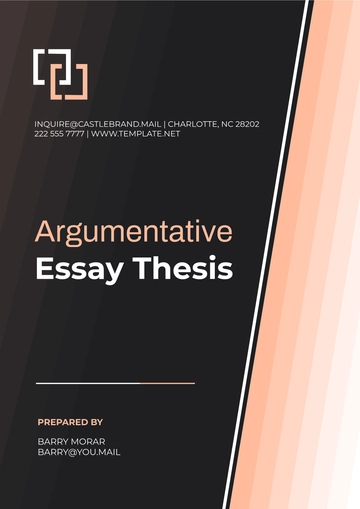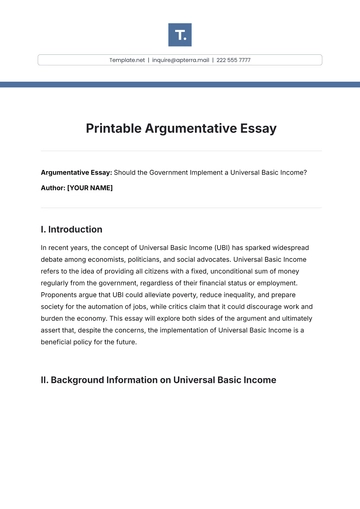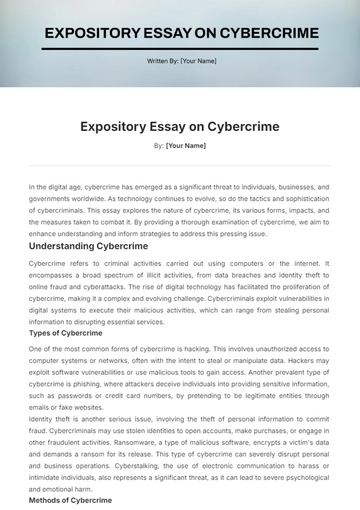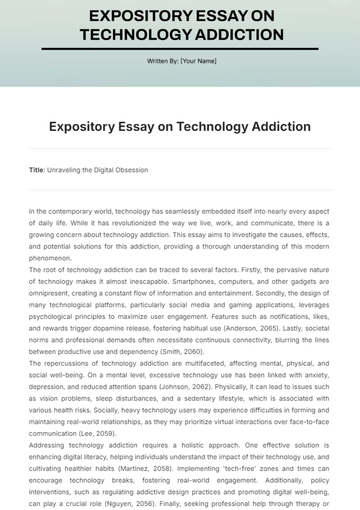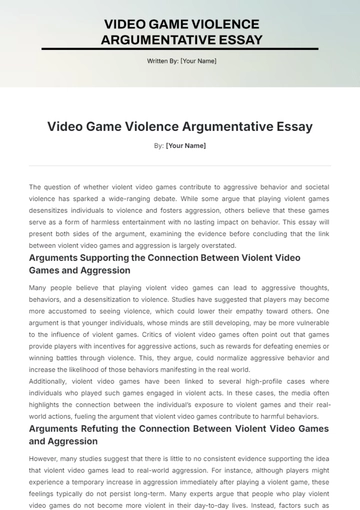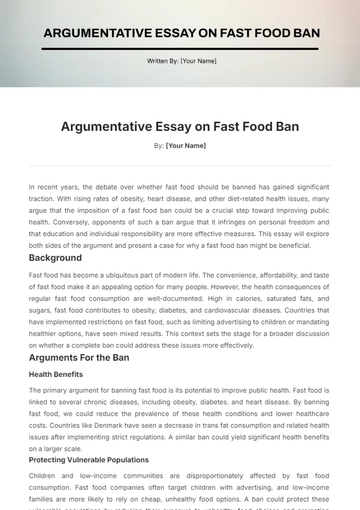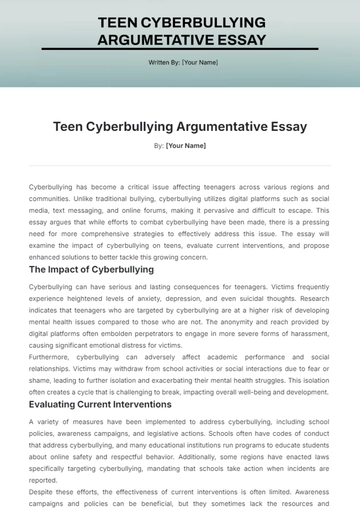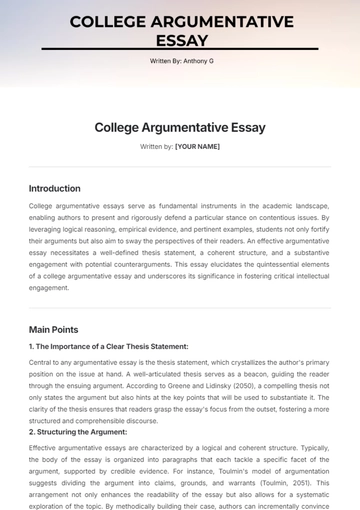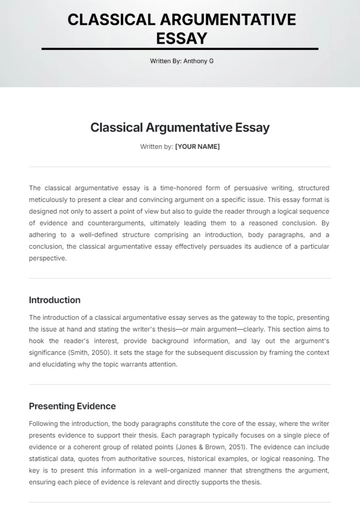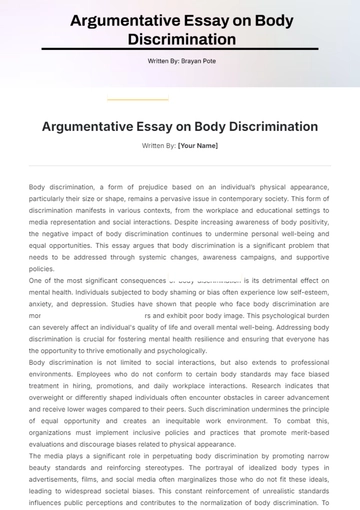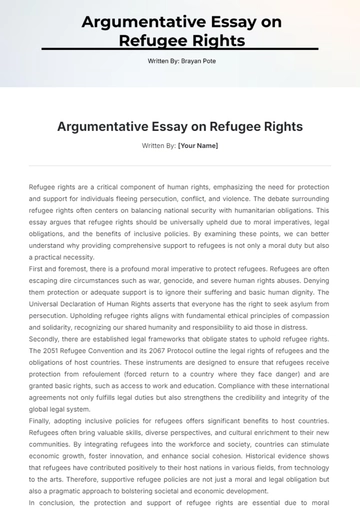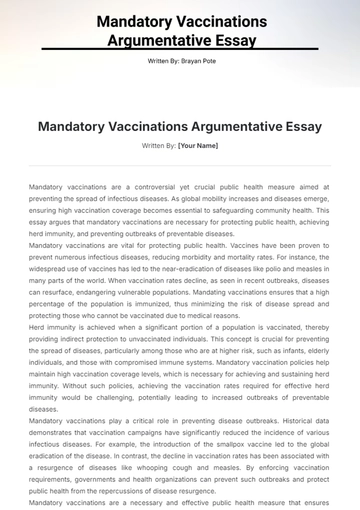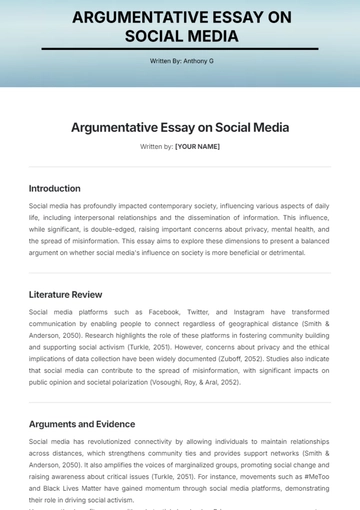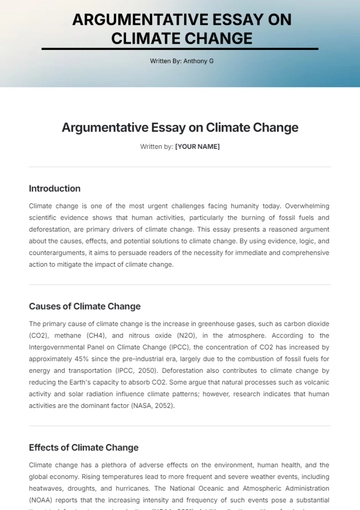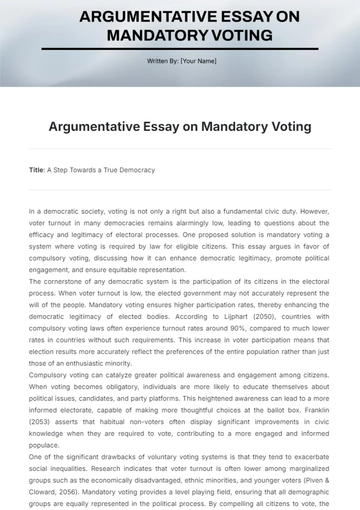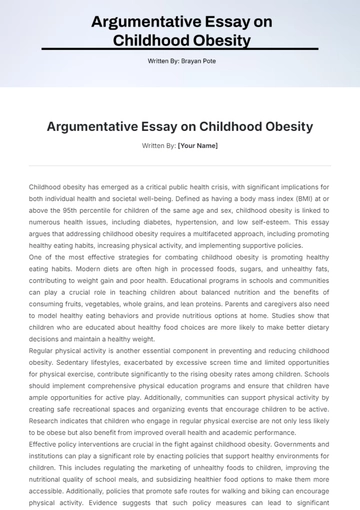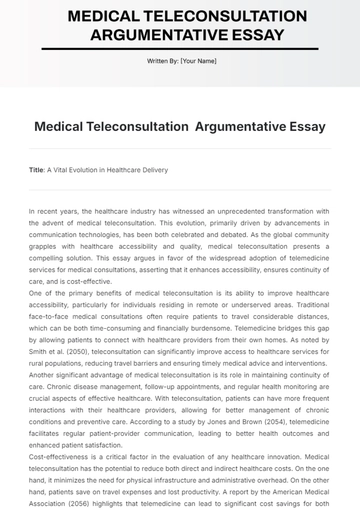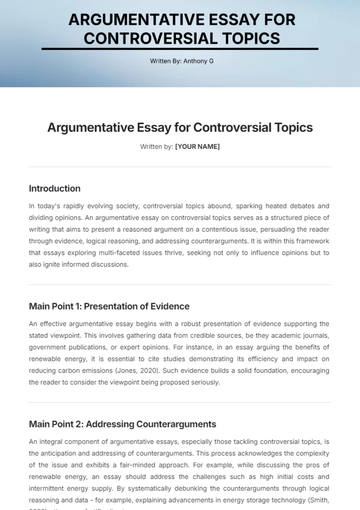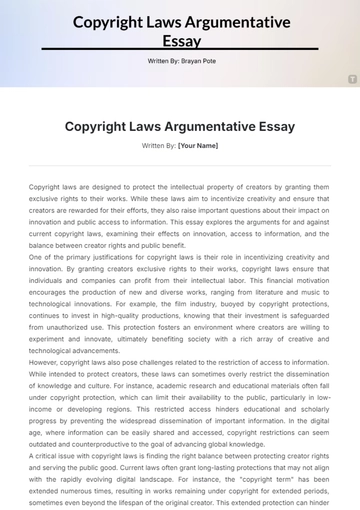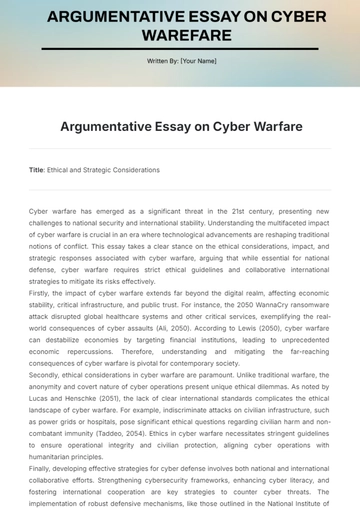Free Teenage Curfew Laws Argumentative Essay
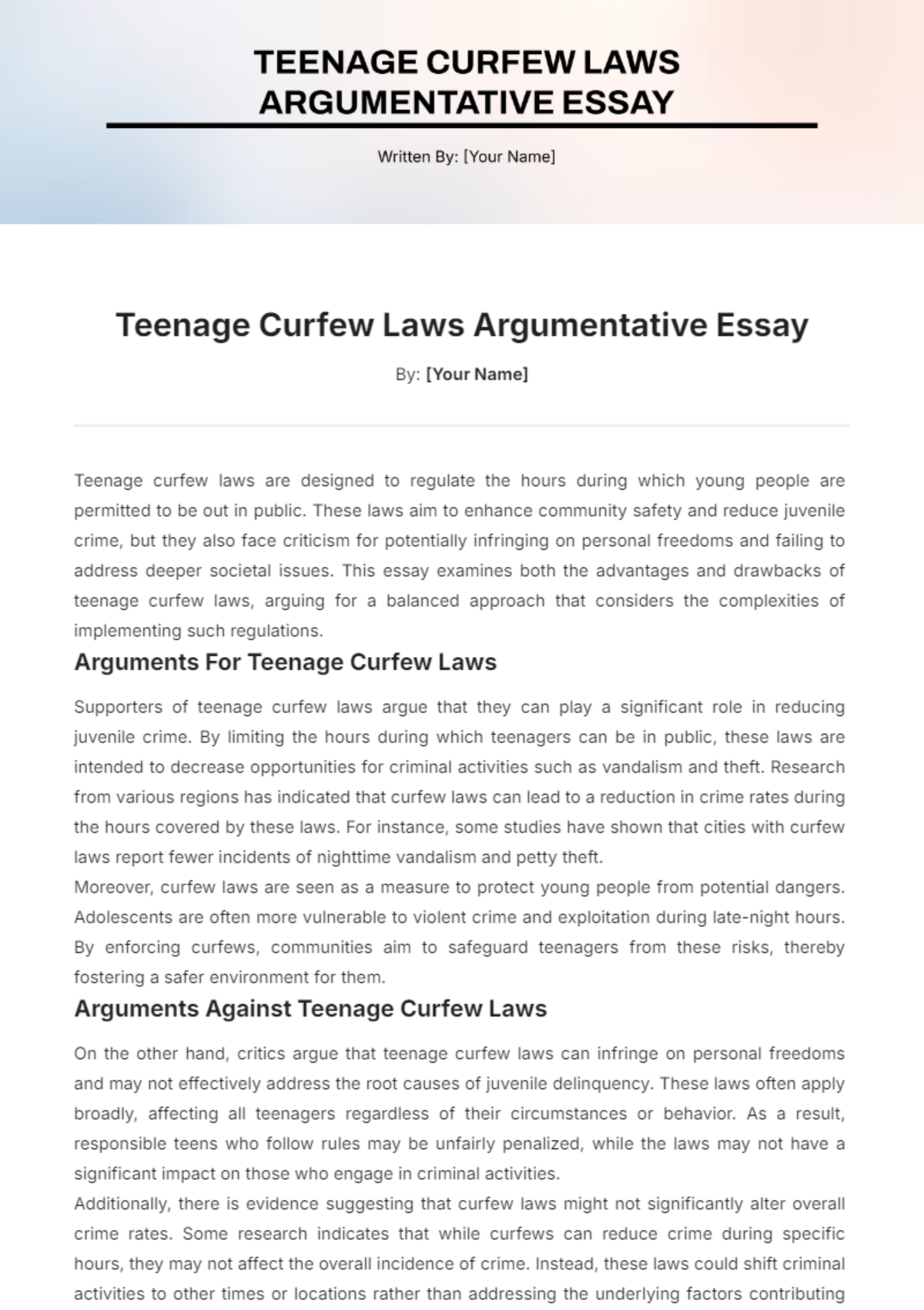
By: [Your Name]
Teenage curfew laws are designed to regulate the hours during which young people are permitted to be out in public. These laws aim to enhance community safety and reduce juvenile crime, but they also face criticism for potentially infringing on personal freedoms and failing to address deeper societal issues. This essay examines both the advantages and drawbacks of teenage curfew laws, arguing for a balanced approach that considers the complexities of implementing such regulations.
Arguments For Teenage Curfew Laws
Supporters of teenage curfew laws argue that they can play a significant role in reducing juvenile crime. By limiting the hours during which teenagers can be in public, these laws are intended to decrease opportunities for criminal activities such as vandalism and theft. Research from various regions has indicated that curfew laws can lead to a reduction in crime rates during the hours covered by these laws. For instance, some studies have shown that cities with curfew laws report fewer incidents of nighttime vandalism and petty theft.
Moreover, curfew laws are seen as a measure to protect young people from potential dangers. Adolescents are often more vulnerable to violent crime and exploitation during late-night hours. By enforcing curfews, communities aim to safeguard teenagers from these risks, thereby fostering a safer environment for them.
Arguments Against Teenage Curfew Laws
On the other hand, critics argue that teenage curfew laws can infringe on personal freedoms and may not effectively address the root causes of juvenile delinquency. These laws often apply broadly, affecting all teenagers regardless of their circumstances or behavior. As a result, responsible teens who follow rules may be unfairly penalized, while the laws may not have a significant impact on those who engage in criminal activities.
Additionally, there is evidence suggesting that curfew laws might not significantly alter overall crime rates. Some research indicates that while curfews can reduce crime during specific hours, they may not affect the overall incidence of crime. Instead, these laws could shift criminal activities to other times or locations rather than addressing the underlying factors contributing to juvenile delinquency.
Counterarguments and Rebuttals
Critics of curfew laws often highlight that these regulations do not address the underlying issues leading to juvenile crime, such as socioeconomic factors, lack of supervision, or family problems. However, proponents argue that curfew laws are just one part of a broader strategy to improve public safety and should be complemented by other measures, such as community programs, educational initiatives, and parental involvement.
Another counterargument is that curfew laws might be more effective if they are adapted to specific community needs and include flexibility. Instead of imposing a blanket curfew, policies could be tailored to address particular issues and include exemptions for teenagers engaged in positive activities like work or school events. This approach could mitigate some of the criticisms while maintaining the benefits of curfew laws.
Conclusion
Teenage curfew laws present a complex issue with valid arguments on both sides. While they can offer benefits such as reducing certain types of crime and enhancing community safety, they also have limitations and can infringe on personal freedoms. To maximize their effectiveness, curfew laws should be implemented thoughtfully and as part of a comprehensive strategy that includes addressing underlying causes of juvenile delinquency. Ultimately, a balanced approach that considers the needs of teenagers and the safety of the community is essential for creating effective and equitable curfew policies.
- 100% Customizable, free editor
- Access 1 Million+ Templates, photo’s & graphics
- Download or share as a template
- Click and replace photos, graphics, text, backgrounds
- Resize, crop, AI write & more
- Access advanced editor
The Teenage Curfew Laws Argumentative Essay Template from Template.net offers an editable and customizable format, making it easy to create a well-structured, persuasive essay. Tailored for students and professionals alike, this template provides a clear framework to present strong arguments for or against curfew laws. Customize it to fit your writing style and viewpoint, saving time while ensuring a polished and compelling final product.
